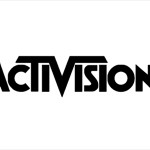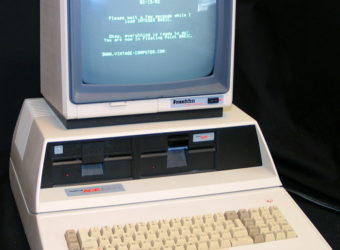April 30, 1993: World Wide Web Transferred to Public Domain
Subscribe! Spotify | RSS | More

1993 – You may see www, but it’s true meaning is World Wide Web. Tim Berners-Lee wrote WorldWideWeb during the 1990, while working for CERN. He did it on a NeXT Computer and developed it for the NeXTSTep platform (which Apple bought and turned into Mac OS X). But it was today that was most momentous, as the World Wide Web entered in the public domain. That meant anyone could access without license fees. Now a person could apply style sheets or post media on the web. The initial web browser was also the web editor.

Subscribe to Day In Tech History:
RSS Feed - iTunes - Android - Spotify - iHeartRadio
Facebook -
- RSS Bandwidth by Cachefly Get a 14 Day Trial
- Join me on Patreon and support Day in Tech History
Other Events in the Day in Technology History
- Ubuntu 4.10 “Warty Warthog” is released
- Microsoft announces ten million copies of Windows 3.0
- ABC joins Hulu



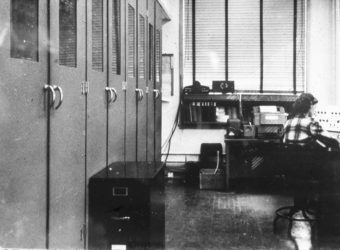
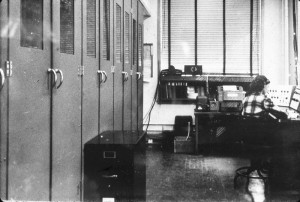

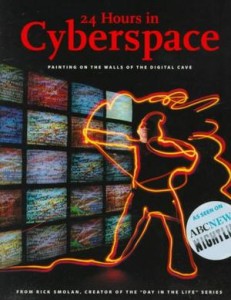




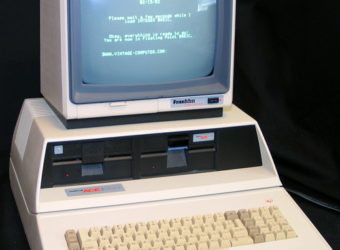
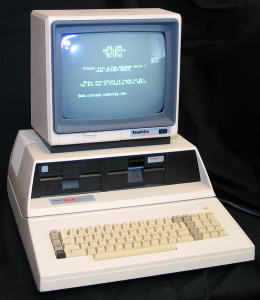
![activision[1] activision[1]](https://dayintechhistory.com/wp-content/uploads/2012/09/activision1-340x250.jpg)
